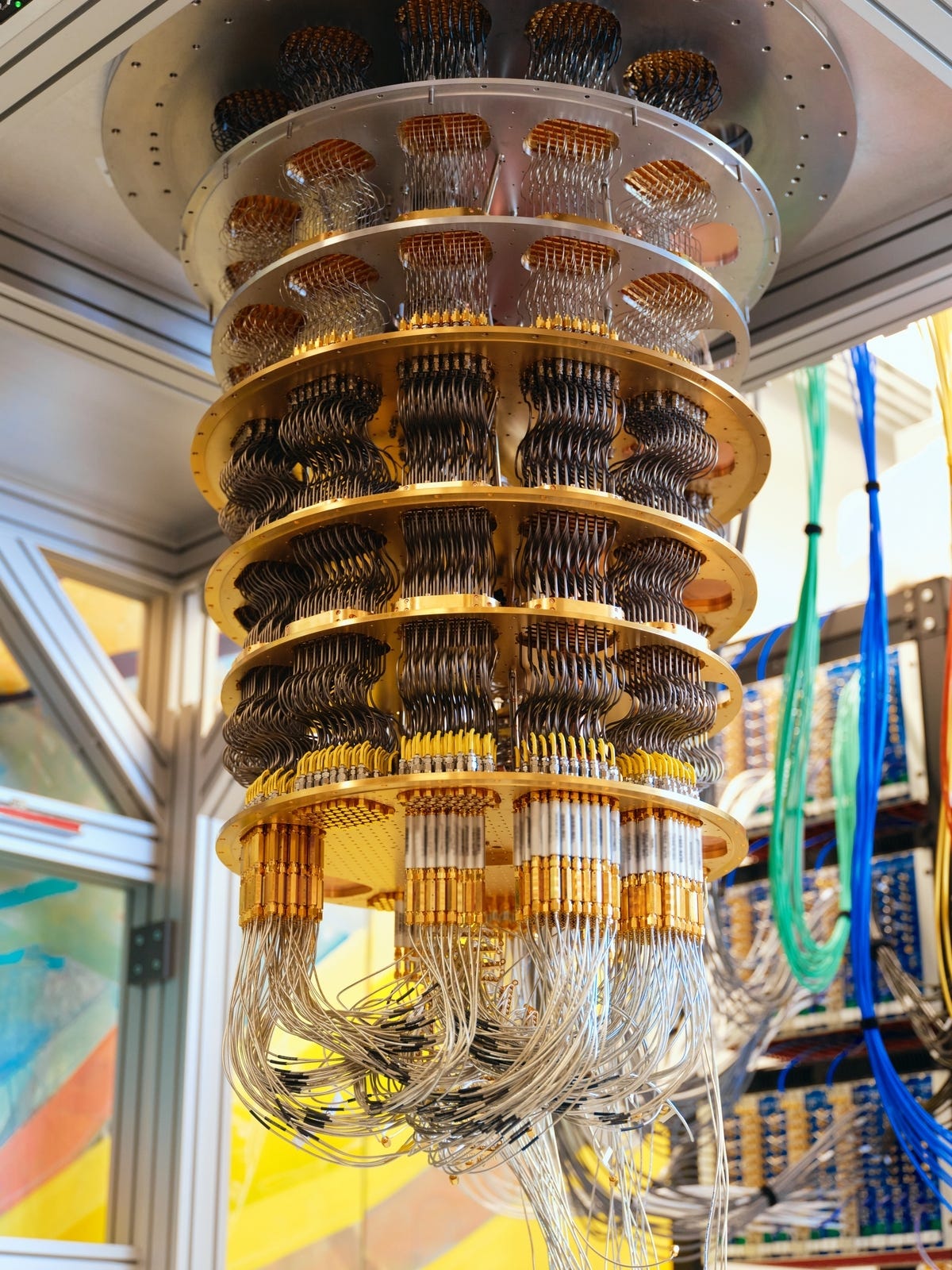Imagine being in the middle of a gold rush — everyone digging, hoping to strike it rich. Back in the 1800s during the California Gold Rush, miners traveled from far and wide, dreaming of striking gold. While a few did become wealthy, many left empty-handed.
But do you know who made consistent money? The people selling the shovels.
Fast forward to today, and we’re seeing a modern version of this story in the world of crypto. The real winners? They’re not always the ones trading the next hot memecoin. Instead, it’s the companies providing the tools, platforms, and services that power the entire crypto ecosystem.
But who are we talking about exactly?
Take decentralized exchanges (DEXs) as an example. These platforms are revolutionary, breaking away from traditional financial systems. Instead of relying on banks or corporations to facilitate trades, DEXs let people trade directly with one another using smart contracts. It’s a marketplace where the rules are written in code — no middlemen, no gatekeepers.
With the rise of altcoin season, DEXs are experiencing explosive growth. For instance, Solana’s on-chain activity has skyrocketed, with daily trading volumes jumping from $1.6 billion to a staggering $10 billion in just weeks. Every trade made on these platforms earns them a small fee. It sounds tiny — like a 0.3% fee on a $100 trade, just 30 cents — but when thousands of people are trading millions of dollars, those small fees add up fast.
So, while everyone’s chasing the next big memecoin, platforms like these quietly rake in consistent profits. They’re the foundation enabling this modern-day gold rush.
Now let’s talk about wallets. In the real world, a wallet holds your cash and cards. In the crypto world, it holds your Bitcoin, Ethereum, or whatever tokens you own. And without wallets, the crypto ecosystem wouldn’t function.
There are two main types of wallets: custodial and non-custodial. Custodial wallets, like those on exchanges, are managed by third parties, much like a bank. Non-custodial wallets, however, give you full control. You hold the private keys — essentially the password to your funds. One primary example is Ledger hardware wallet (which I personally use).
With crypto adoption surging, wallets like Metamask, Trust Wallet, and Phantom are becoming household names. They’re not just tools; they’re businesses. Many wallets now let you stake tokens, swap coins, and interact with decentralized apps, earning fees for every transaction.
After making a profit on a memecoin, what’s the next step? Many people convert their earnings into stablecoins like USDT or USDC. Stablecoins are pegged to a stable asset (like the US dollar), making them perfect for holding profits without the wild price swings of Bitcoin or Ethereum.
Stablecoins have become essential to crypto’s growth. They make transactions smooth and accessible, whether you’re in New York or Nairobi. Companies like Circle and Tether, which issue these stablecoins, are profiting as more people adopt this technology.
Every time you hear about crypto, it’s usually about someone striking gold — “a $100 memecoin investment turned into millions!” But let’s step back for a moment. For every winner, there are plenty who lose money chasing hype.
The problem is something called survivorship bias. People focus on the lucky few who made it big, hoping they can do the same. These success stories are exciting and inspiring, but they make us forget about the many others who lost everything trying to do the same thing.
We don’t hear much about those failures, so it’s easy to think success is more common than it really is. This can lead people to take big risks without fully understanding how hard it is to actually win.
Should you buy Bitcoin, jump into the latest memecoin, or stay away entirely? Here’s the key: understand who’s really winning, and let that guide your decisions.
Instead of chasing quick gains, focus on the fundamentals. Think about the infrastructure — the companies and platforms that power every transaction. Some of these companies are publicly traded like Coinbase, and others have tokens you can invest in directly, like Solana or Ethereum.
Investing thoughtfully and with a long-term mindset can make all the difference.

 9 months ago
63
9 months ago
63


 English (US) ·
English (US) ·